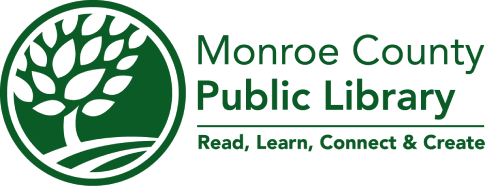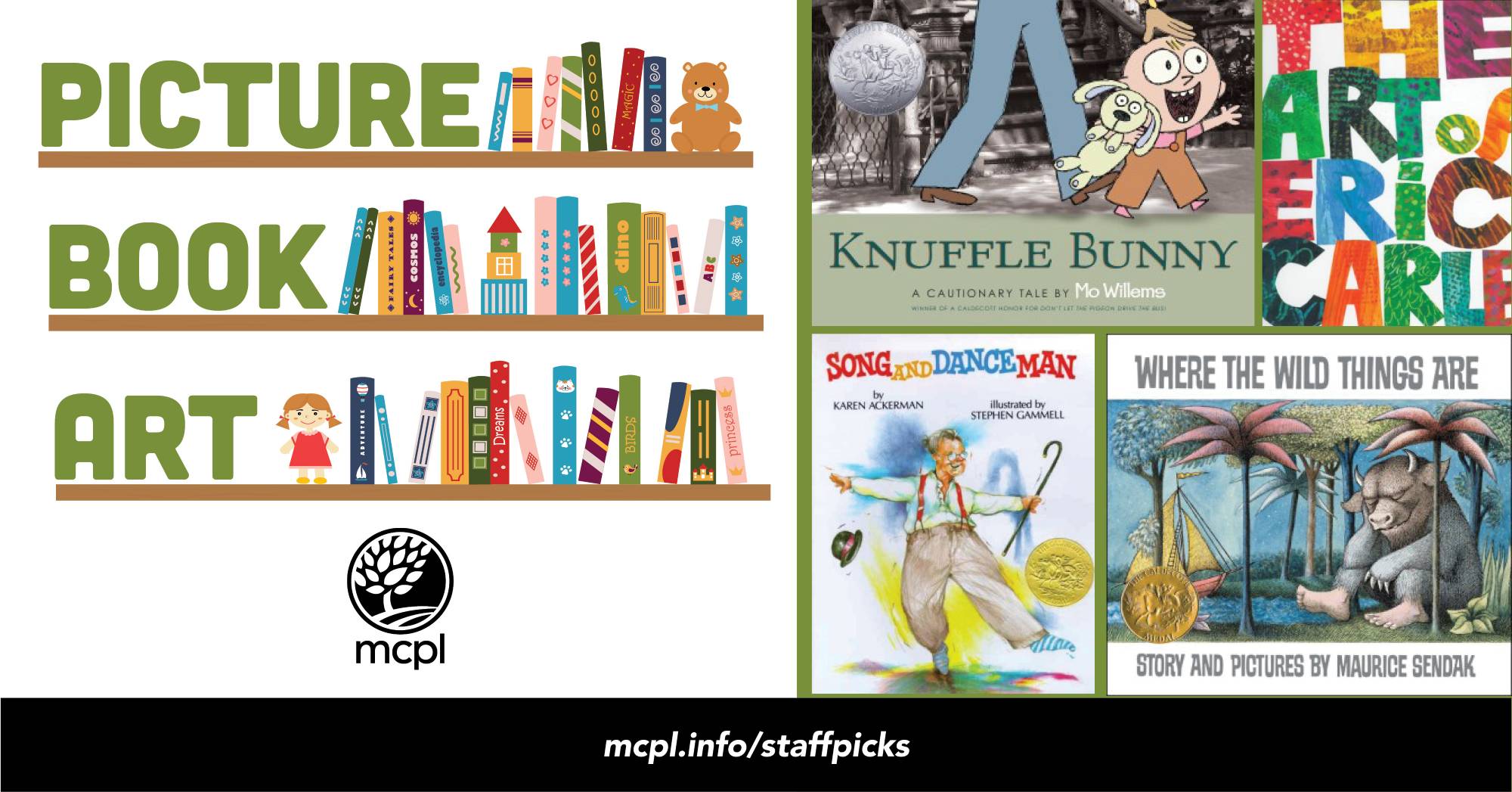Picture books are an entire art exhibition all the in the compact form of a book. Picture book artists use a variety of techniques to produce art and a story all together for an often critical but very loving audience—children. This list pulls together some interesting and unique picture book art and a few books about picture book art and the artists that create it. If you want to peruse some great art, check out some of these books or look into the vast collection of picture books in the Children's area of any of our Library locations.
A celebration of Eric Carle's picture book art, this includes his speech to the Library of Congress in 1990 and various editors and artists remarking on his work, as well as working with him.
Explore this interesting overview of media, materials, and techniques used by artists to create stories with pictures. Useful for an experienced artist looking to begin picture book illustration work or a lay person just wanting to get an in-depth overview of the various techniques involved in creating picture book artwork. Beautiful examples of each technique are provided.
Renowned children’s literature authority Leonard S. Marcus speaks with 21 of the world’s most celebrated authors and illustrators. Amplifying these richly entertaining and thought-provoking conversations are 88 full-color plates revealing each illustrator’s artistic process from sketch to near-final artwork.
Learn about artists and their inspirations through an in-depth look at 12 contemporary illustrators of children's books. These artists represent a broad range of styles, media, subjects and their own personal outlooks.
Highlighting not just picture books, author Bruce Handy invites adults to look at all children's books with renewed interest in the stories beyond the pages, including interesting tidbits about the authors.
Karen Ackerman uses colored pencils to create the sketches for this story about a grandfather performing his Vaudeville act for his grandchildren. The colors blend together beautifully to give a soft edge to this artwork.
Robert Subuda creates amazing picture book pop-up art. The pictures are a surprise and delight to watch unfold, and Subuda's works are well worth checking out.
This fascinating story is told only through pictures. David Wiesner uses bold art and tells surprising tales—quite often without any words at all.
These eerie and beautiful images are created with charcoal pencils and describe a story about boy chasing his dog through a forbidden topiary garden.
In this wonderful story about a grouchy ladybug challenging everyone she meets to a fight, Eric Carle uses his signature collage art to create vibrant and textured animals. The Grouchy Ladybug is only one of many treasured Eric Carle stories.
Denise Fleming uses collage to create this fun rhyming book about things in the grass, but she also makes all of her own paper to create the collages. It is the art of starting from raw materials to finished pages that provides a rustic look to all of her images.
At over 500 pages, The Invention of Hugo Cabret is really too long to be considered a picture book, however, the story is mostly told through pictures. The artwork is created completely with graphite pencils, and could very well be considered an entire art exhibition enclosed between the book covers.
Mo Willems uses a combination of pencil, digital color, and photo collage to create the illustrations he uses to tell the story of Trixie and her precious Knuffle Bunny.
Brightly colored common objects are photographed by Tana Hoban to make this beautiful book for learning about colors. Tana Hoban's photographic compositions make shapes, colors, and numbers come to life for even the youngest of readers.
John Lawrence creates his art by etching the pictures into vinyl plates, inking each color separately, and then printing. Woodcut block printing artwork has a long history and Lawrence follows in that tradition; his work has a precision that can't really be created any other way.
Maurice Sendak makes expert use of the cross-hatching technique to draw the monsters that envelop the pages of this classic story.

